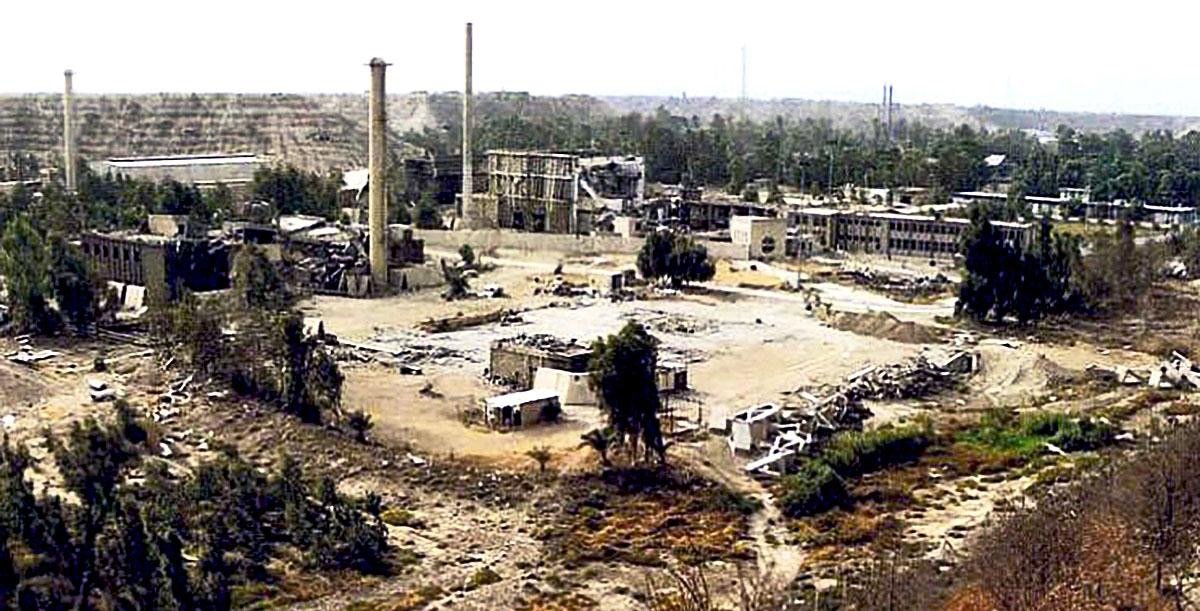June 22, 2025
By Luke Jadhav

Over more than than the past ten years, tensions between the United States and Iran have surged and lessened, catalyzing over nuclear ambitions, proxy wars, and shifting political alliances. But yesterday (Saturday, June 21, 2025)on, those tensions exploded into an unmistakable confrontation.
In a dramatic escalation, whether justified or not,, the U.S. military launched targeted airstrikes onFordow, Natanz, and Isfahan, three of Iran’s most fortified nuclear sites: The strikes—delivered via stealth B-2 bombers and submarine-launched cruise missiles—deployed deep-penetration explosives designed to destroy underground enrichment facilities.
It is the most direct American military action against Iran in nearly two decades.
Washington has offered scant detail beyond satellite imagery of smoldering concrete and power‑grid scars. Intelligence officials, speaking anonymously, argue that Tehran had crossed an irrevocable red line in May when enrichment purity reportedly reached ninety‑two per cent. Two days before the strike, Iran formally withdrew from the Non‑Proliferation Treaty, the first state to do so since North Korea. Privately, senior National Security Council staff describe the decision to bomb as “time‑sensitive deterrence”—the belief that delaying even weeks might hand Iran an operational device.
Tehran admits severe damage but insists civilian casualties are minimal and vital nuclear data has been relocated. State television shows rescue crews in hazmat suits combing through collapsed access shafts, while the Revolutionary Guard promises “an answer that will echo in the streets of Washington.” Within hours of the strikes, Iranian‑backed militias in Iraq and Syria began mobilising artillery batteries, and Hezbollah evacuated villages along the southern Lebanese border—as reliable an omen of imminent rocket fire as exists in the region.
The shockwave rippled instantly through U.S. politics. Conservatives applauded the strike as overdue proof that Washington will not tolerate nuclear blackmail. Progressives called it reckless, unlawful, and potentially catastrophic. Speaker Mike Johnson praised “firm executive leadership,” but Minority Leader Hakeem Jeffries demanded an emergency session of Congress to debate war‑powers authority. Legal scholars warn of a constitutional collision: the president’s Article II power to repel threats now competes with a legislature wary of another Middle‑Eastern quagmire.
International reaction was equally fractured. Israel’s prime minister hailed “a decisive blow” and credited American resolve for saving “countless Israeli lives.” The European Union condemned both Iran’s enrichment and Washington’s unilateral force, pleading for renewed diplomacy. China summoned the U.S. chargé d’affaires and accused Washington of “lighting a fuse beneath global stability.” Russia’s foreign ministry called the strike a crime under the U.N. Charter and hinted at retaliatory assistance to Tehran.
Markets behaved as if doomsday were on the ticker. Brent crude spiked past one hundred dollars a barrel, gold touched twenty‑two‑hundred, and airlines began rerouting flights away from Iranian airspace—airspace Iran promptly closed. Energy analysts forecast a finish‑year average of $120 crude if Iran’s promised retaliation targets Gulf shipping lanes. Meanwhile, the White House is drafting a Strategic Petroleum Reserve release to blunt domestic gasoline shocks already in motion—by Saturday evening, prices in Atlanta and Chicago had jumped more than twenty cents.
Pentagon officials concede privately that Saturday’s raid buys, at best, six to twelve months before Iran can resume enrichment in undamaged facilities or new clandestine sites. That window matters only if Washington can convert explosive leverage into diplomatic traction—an outcome far from certain. Iran’s supreme leader has framed the attack as a declaration of war. U.S. carrier groups are closing on the Gulf, and THAAD batteries are redeploying to Kuwait. Defense planners outline three likely escalation paths: proxy retaliation—missile salvos against Israel or cyber‑attacks on Gulf terminals; direct theatre strikes—Shahab‑class weapons fired at U.S. bases in Iraq; or global asymmetry—single‑actor terror cells targeting Western soft assets.
Even the mildest scenario risks not just financial turbulence, but human devastation—regional strikes that would level homes, ignite refugee surges, and drag civilians into yet another era of conflict between the United States and the Middle East.
American voters, still fatigued from two decades of conflict, now confront the possibility that the next Middle‑Eastern maelstrom has already begun. Families of deployed service members have flooded X with anxious posts, forcing the Pentagon to issue repeated assurances that no U.S. ground troops are bound for Tehran. Yet no guarantee can erase the portrait of a region on a knife‑edge.
Defending America from a nuclear‑armed adversary is vital. Power, though, must serve vision, and Saturday’s crimson sunrise over Qom may yet prove to be a warning: ordnance can delay danger, but without an agreed roadmap, it risks only scattering the embers. The coming days will decide whether the strike was a masterclass in deterrence or the first page of another endless chapter in Middle‑Eastern war.

Foreign Media Affairs Consultant